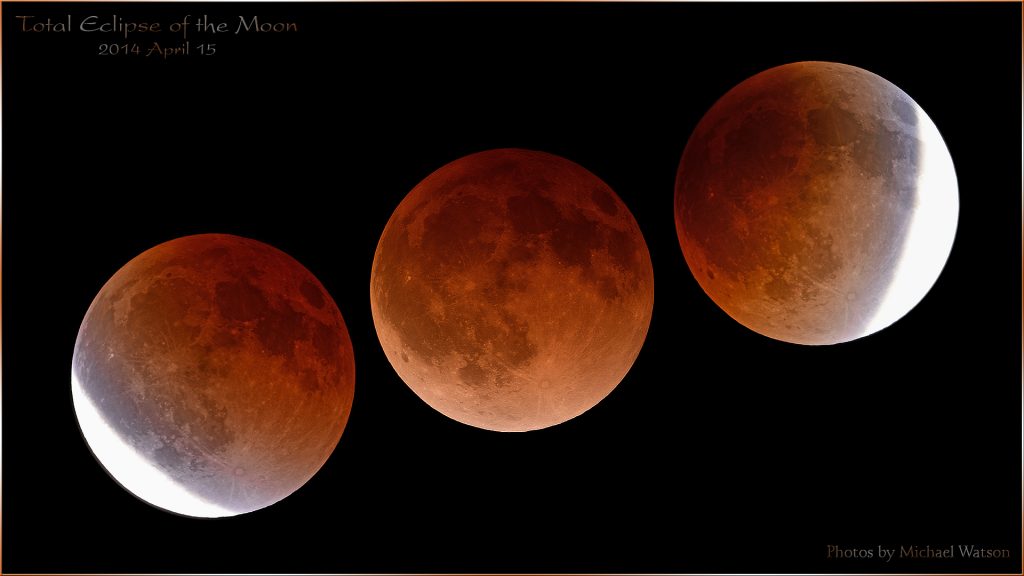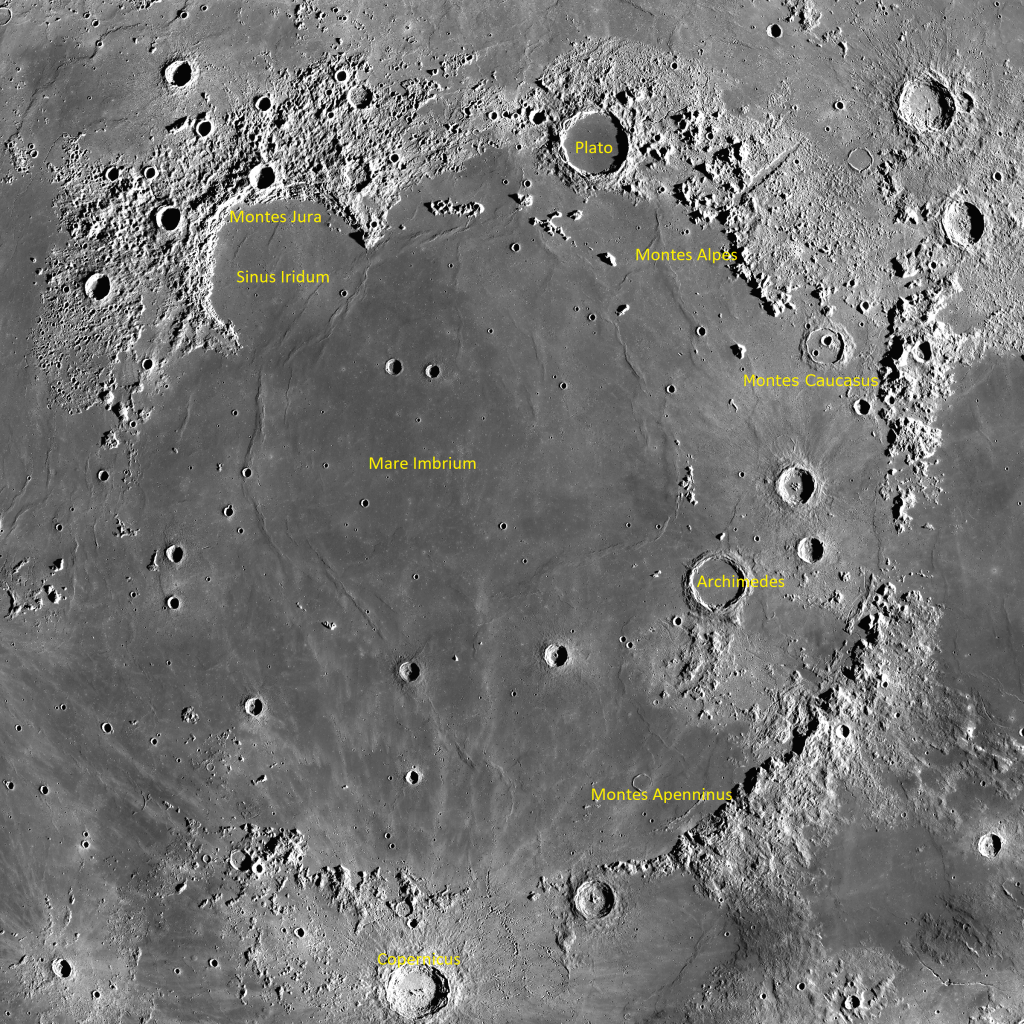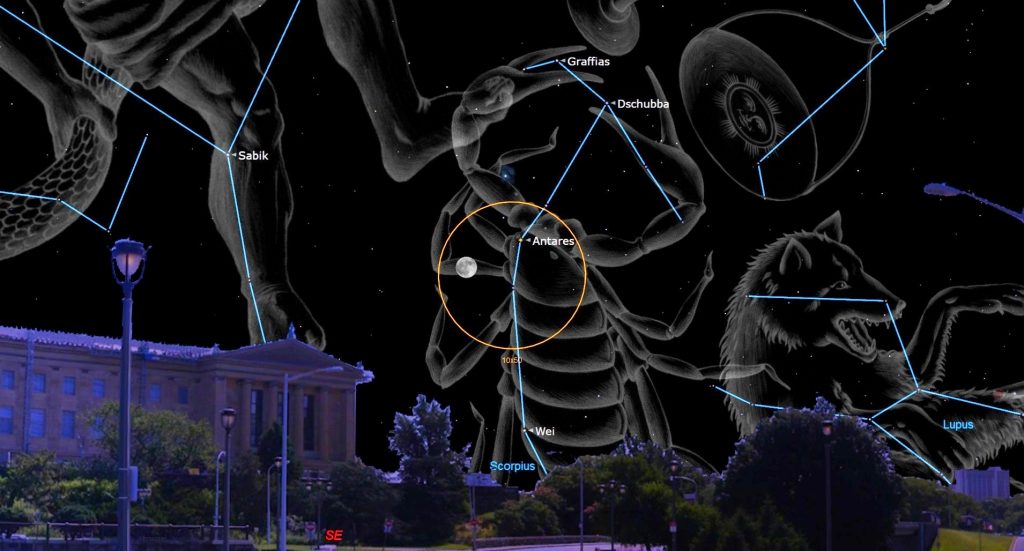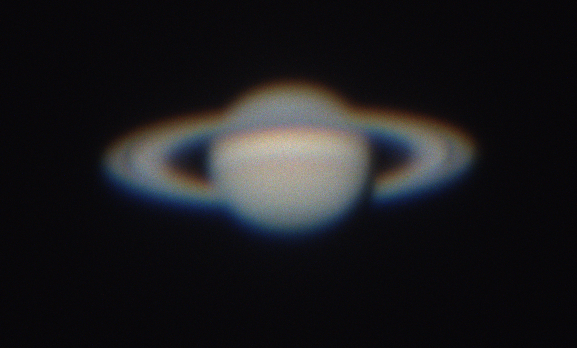Crow Moon Eclipsed on Thursday Night, Inner Planets Dance at Sunset, and Spots Cross Jupiter!
This composite of images of the total lunar eclipse of April 15, 2014 was captured and processed by Michael Watson. The curved shadow on the moon told the ancients, and us today, that the Earth is a sphere. Hello, Middle of March Stargazers! Here are your Astronomy Skylights for the week of March 9th, 2025…
Read more








